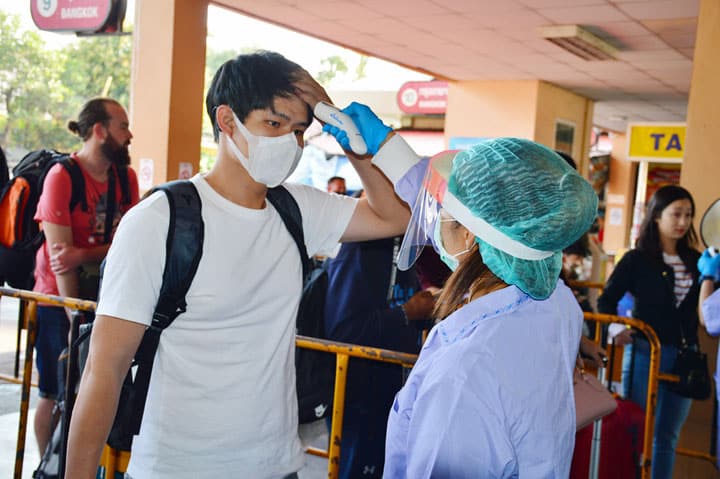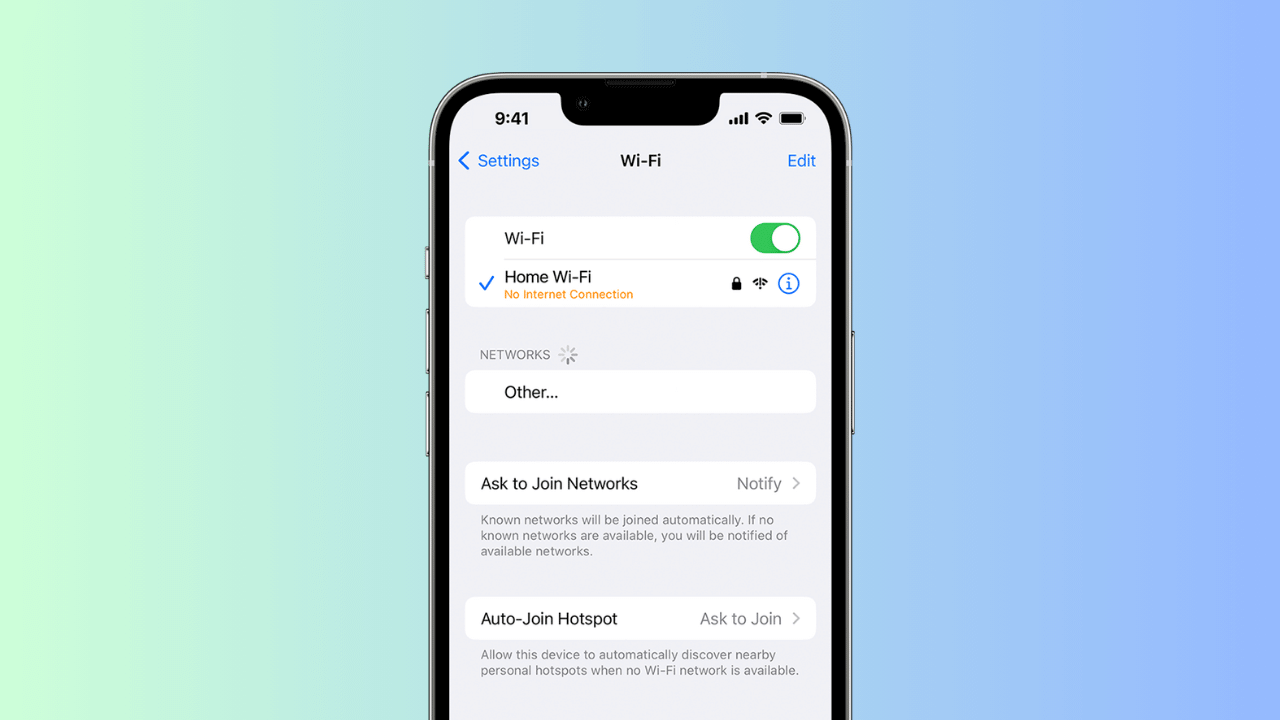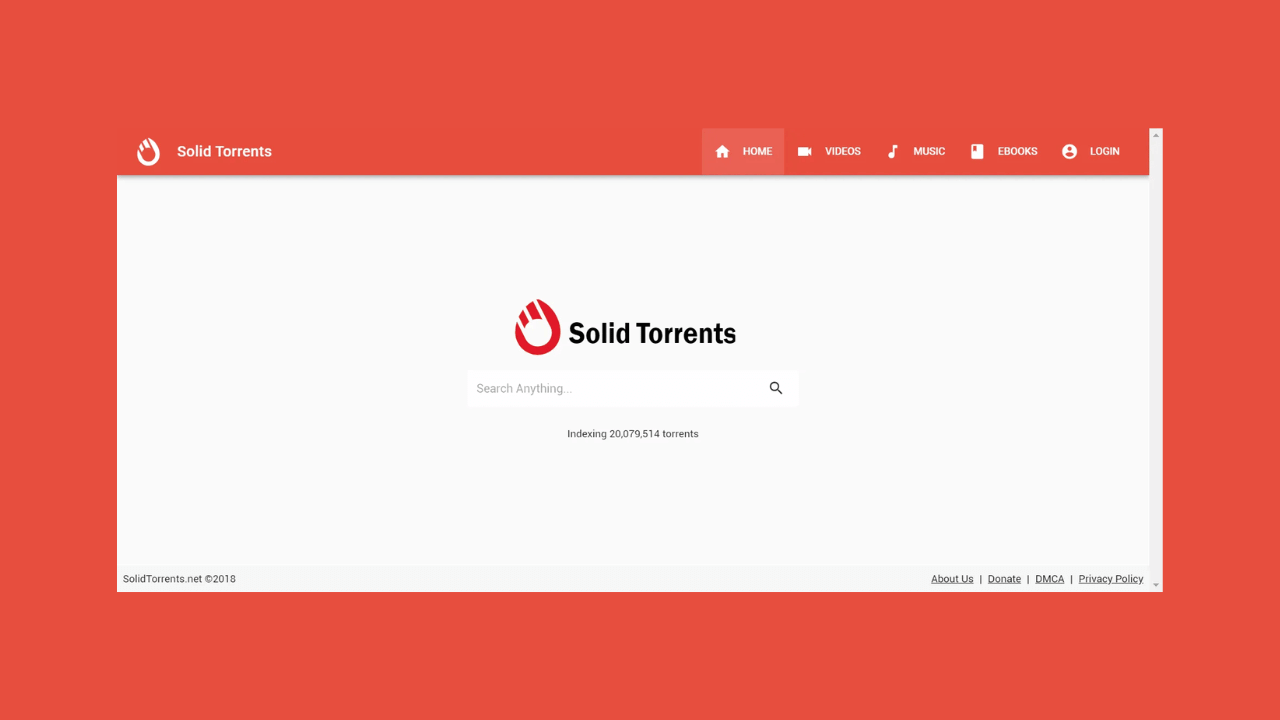What is restless legs syndrome?
Restless legs syndrome (RLS), also known as Willis-Ekbom disease, is a condition that causes uncomfortable sensations, most often in the legs. These sensations have been described as tingly, crawling, creeping feelings, and cause the overwhelming urge to move the affected limb.
RLS symptoms typically occur when the person is sitting, resting, or sleeping, and often happen at night. The movements caused by RLS are called periodic limb movements of sleep (PLMS). Because of these movements, RLS can cause serious sleep problems.
Some people have primary RLS, which has no known cause. Others have secondary RLS, which is typically associated with nerve problems, pregnancy, iron deficiency, or chronic kidney failure.
For most people with RLS, symptoms are mild. But if your symptoms are moderate to severe, RLS can have a big impact on your life. It can prevent you from sleeping enough, and thus cause problems with daytime focus and thinking, your job, and your social activities.
As a result of these problems, RLS can lead to anxiety and depression. And the longer you have the condition, the worse it can get. It can even spread to other parts of your body, such as your arms (
Because of the effects RLS can have on your life, treatment is important. Methods of treatment are varied, as the root cause of RLS isn’t truly known. For instance, some researchers suggest that RLS is caused by problems with the brain chemical dopamine, while others suggest that it’s related to poor circulation.
Here we list the best treatments for RLS. Some of these you can try on your own. Others you can discuss with your doctor, who can help you create a treatment plan to help relieve your RLS symptoms.
1. Ruling out potential causes
Your first step in addressing RLS should be to figure out if something is causing it. While RLS can be related to things that are largely out of your control, such as genetics or pregnancy, other possible factors can be addressed.
These factors could be daily habits, medications you’re taking, health conditions you have, or other triggers.
Habits
The use of caffeine, alcohol, and tobacco can aggravate RLs symptoms. Limiting these substances could help reduce your RLS symptoms (2).
Medications
Certain medications can cause or worsen RLS symptoms. Examples include: (
- older antihistamines such as diphenhydramine (Benadryl)
- antinausea drugs such as metoclopramide (Reglan) or prochlorperazine (Compro)
- antipsychotic drugs such as haloperidol (Haldol) or olanzapine (Zyprexa)
- lithium (Lithobid)
- selective serotonin reuptake inhibitors (SSRIs) such as fluoxetine (Prozac), sertraline (Zoloft), or escitalopram (Lexapro)
- tricyclic antidepressants such as amitriptyline (Elavil) or amoxapine (Asendin)
- tramadol (Ultram)
- levothyroxine (Levoxyl)
Make sure your doctor knows about all drugs you’re taking, both prescription and over the counter. Talk to your doctor about whether they could be making your RLS worse, especially if you’re taking any of the medications listed above.
Health conditions
Certain health conditions have been found to be related to RLS. End-stage renal (kidney) disease, or ESRD, and nerve damage from diabetes have been linked with RLS. Iron deficiency anemia also has a strong connection with RLS (see iron below) (4,
You should discuss with your doctor how your health history might impact your RLS, especially if you have any of these conditions.
Other triggers
Some people claim that eating lots of sugar or wearing tight clothing aggravates their RLS symptoms. While there’s not a lot of research to back up these connections, you might want to use some trial and error to see what seems to affect your own symptoms.
BOTTOM LINE
The first step in treating RLS should be figuring out if something is causing it. You should consider habits such drinking alcohol or smoking, certain medications or health conditions, and other triggers for their impact on your RLS symptoms.
2. Healthy sleep habits
Having good sleep habits is advisable for anyone, but perhaps especially for people who have trouble sleeping, such as those with RLS.
While sleeping better may not resolve your RLS symptoms, it could help you offset the sleep loss you suffer from your condition. Try the following tips to make your sleep as restful and restorative as possible.
- Go to sleep and wake up at the same times each day.
- Keep your sleep area cool, quiet, and dark.
- Keep distractions, such as the TV and phone, to a minimum in your bedroom.
- Avoid electronic screens for the two to three hours before you go to sleep. Blue light from these screens can throw off your circadian rhythm, which helps you keep a natural sleep cycle (7).
BOTTOM LINE
While they may not resolve your RLS symptoms, healthy sleep habits can improve your sleep and may help offset some of the effects of RLS.
3. Iron and vitamin supplements
Iron deficiency is thought to be one of the main causes of RLS. Several studies have shown that iron supplements can help ease RLS symptoms (
A simple blood test can check for iron deficiency, so if you think this could be a problem for you, talk to your doctor.
If you test positive for iron deficiency, your doctor may recommend oral iron supplements, which you can find at your local pharmacy. In some cases, intravenous (IV) iron might be needed (
In addition, vitamin D deficiency could be linked with RLS. A 2014 study found that vitamin D supplements reduced RLS symptoms in people with RLS and vitamin D deficiency (
And for people on hemodialysis, vitamins C and E supplements may help relieve RLS symptoms (4,
BOTTOM LINE
Supplementation with iron or vitamins D, C, or E can help certain people with RLS. Your doctor can tell you if trying supplements would be a good idea for you.
4. Exercise
Exercise can help you feel better if you have RLS.
The National Institutes of Health states that moderate exercise may help ease mild RLS symptoms (3).
And a 2006 study of 23 people with RLS found that aerobic exercise and lower body resistance training, done three times per week for 12 weeks, significantly decreased RLS symptoms (
Other studies have also found exercise very effective for RLS, especially in people with ESRD (4,
Given these studies, plus others showing that activity can help improve sleep, exercise seems a natural fit for people with RLS (
One recommendation from the Restless Legs Foundation — exercise in moderation. Don’t work out to the point of aches and pains, as this could make your RLS symptoms worse (14).
BOTTOM LINE
Given its benefits for reducing RLS symptoms and improving sleep, regular exercise is a good habit to develop for people with RLS.
5. Yoga and stretching
Like other types of exercise, yoga and stretching exercises have been shown to have benefits for people with RLS (
A 2013 eight-week study of 10 women found that yoga helped reduce their RLS symptoms. It also helped improve their mood and reduce their stress levels, which could in turn improve their sleep. And a 2012 study showed that yoga improved sleep in 20 women with RLS (
Another study showed that stretching exercises made significant improvements in the RLS symptoms of people on hemodialysis (
It’s not entirely clear to researchers why yoga and stretching works, and more research would be beneficial. But given these results, you might want to add some calf and upper leg stretches to your daily exercise routine.
BOTTOM LINE
Although it’s not clear why, yoga and other stretching exercises could help relieve RLS symptoms.
6. Massage
Massaging your leg muscles could help ease your RLS symptoms. Many health organizations, such as the National Institutes of Health and the National Sleep Foundation, suggest it as an at-home treatment (3, 18, 19).
Although there’s not a lot of other research that backs up massage as an RLS treatment, a 2007 case study illustrated its benefits.
A 35-year-old woman who had 45-minute leg massages twice a week for three weeks had improved RLS symptoms throughout that time period. Her massages included a range of techniques, including Swedish massage and direct pressure to leg muscles (20).
Her RLS symptoms eased after two massage treatments, and didn’t start to return until two weeks after the massage regimen ended (20).
The author of that study suggested that the increased release of dopamine caused by massage could be a reason for the benefits. Also, massage has been shown to improve circulation, so that might be a reason for its effects on RLS (20,
As an added bonus, massage can aid in relaxation, which could help improve your sleep.
BOTTOM LINE
Whatever the reason, leg massage is an easy and relaxing treatment that could help ease your RLS symptoms.
7. Prescription medications
Medication is a key treatment for moderate to severe RLS. Dopaminergic drugs are typically the first medications prescribed. They’re effective in relieving RLS symptoms, but they can cause side effects and other problems (
Other types of drugs can also help relieve RLS symptoms without causing these same types of problems.
Dopaminergic drugs
Dopaminergic drugs increase the release of dopamine in your brain. Dopamine is a chemical that helps enable normal body movements (
Dopaminergic drugs likely help relieve RLS symptoms because the condition is associated with problems in the body’s production of dopamine.
Three dopaminergic medications have been approved by the U.S. Food and Drug Administration (FDA) to treat moderate to severe primary RLS:
- pramipexole (Mirapex) (23)
- ropinirole (Requip) (24)
- rotigotine (Neupro) (25)
While dopaminergic drugs have been shown to help improve RLS symptoms, long-term use can actually worsen symptoms. This phenomenon is called augmentation. To help delay this problem, doctors typically prescribe the lowest possible dose of these drugs (
In addition, these drugs can become less effective over time. To help delay or prevent both of these problems, your doctor may prescribe a combination of dopaminergic drugs with other types of drugs to treat RLS (
Gabapentin
A fourth drug that’s been approved by the FDA to treat RLS is called gabapentin (Horizant). This is an antiseizure medication (27).
It’s not entirely understood how gabapentin works to relieve RLS symptoms, but studies show it to be effective (
In one study, 24 people with RLS were treated with gabapentin or a placebo for six weeks. Those treated with gabapentin had improved sleep and reduced leg movements from RLS, while those treated with a placebo did not (
Another study compared the use of gabapentin with the use of ropinirole (one of the drugs approved by the FDA to treat RLS). Eight people with RLS took each of the drugs for four weeks, and both groups achieved similar levels of relief from RLS symptoms (
Benzodiazepines
Benzodiazepines are drugs used to treat anxiety and sleep problems. Clonazepam (Klonopin) and other types of these drugs are often prescribed for people with RLS in combination with other drugs (30).
While these drugs may not relieve RLS symptoms themselves, their benefit of improved sleep can be very helpful for people with RLS (30).
Opioids
Opioids are typically used to treat pain. In some cases, usually when other medications aren’t helpful or cause augmentation, opioids can be used carefully in low doses to help treat RLS (
Prolonged-release oxycodone/naloxone (Targinact) is one opioid that could help relieve RLS symptoms and improve sleep (4). However, because of the newer guidelines being developed for the use of opioids, this should be a last resort.
As with all opioids, use of these drugs should be carefully overseen by a doctor, due to their risk of misuse and dependence.
BOTTOM LINE
If you have moderate to severe RLS, your doctor will likely suggest one or more medications. Dopaminergic drugs are typically a primary RLS treatment, but they can cause side effects and augmentation, so their use must be managed carefully.
8. Foot wrap (restiffic)
A foot wrap has been shown to help relieve RLS symptoms.
Called restiffic, the foot wrap puts pressure on certain points on the bottom of your foot. The pressure sends messages to your brain, which responds by telling the muscles affected by RLS to relax. This helps relieve your RLS symptoms (31).
A 2013 study of 30 people using the foot wrap for eight weeks found significant improvements in RLS symptoms and sleep quality (32).
The restiffic foot wrap is available by prescription only, and per the company’s website, it costs about $200. It may or may not be covered by your insurance (31).
BOTTOM LINE
The restiffic foot wrap requires a prescription and an initial monetary investment, but could provide RLS relief by applying pressure on certain points on the bottom of the foot.
9. Pneumatic compression
If you’ve ever stayed overnight in the hospital, you may have had pneumatic compression. This treatment uses a “sleeve” that goes over your leg and inflates and deflates, gently squeezing and releasing your limb.
In the hospital, a pneumatic compression device (PCD) is typically used to improve circulation and prevent blood clots. Improved circulation might also be the reason pneumatic compression has been shown to help relieve RLS symptoms (
Some researchers believe that a cause of RLS is low oxygen levels in the limbs. They think that the body responds to this problem by increasing circulation via the muscle contractions that occur when the person moves their limb (
Whatever the reason, some research has shown that pneumatic compression can help relieve RLS symptoms.
A 2009 study of 35 people who used a PCD for at least an hour every day for a month had markedly improved RLS symptoms, sleep quality, and daytime function. However, other research has not shown the same effects (
Some PCDs are rented, and others can be purchased over the counter or with a prescription. Insurance coverage for a PCD might be easier to acquire for people who can’t tolerate RLS medication (
BOTTOM LINE
A PCD is a non-drug treatment that can be bought over the counter or with a prescription. It could help relieve RLS symptoms by improving circulation in your legs. Results from research on this device have been conflicted.
10. Vibration pad (Relaxis)
A vibrating pad called the Relaxis pad may not relieve your RLS symptoms, but it could help you sleep better (4).
You use the vibrating pad while you’re at rest or sleeping. You place the pad on the affected area, such as your leg, and set it to the desired vibration intensity. The pad vibrates for 30 minutes and then shuts itself off (
The idea behind the pad is that the vibrations provide “counterstimulation.” That is, they override the uncomfortable sensations caused by RLS so you feel the vibrations instead of your symptoms (
There’s not a lot of research available on the Relaxis pad, and it hasn’t been shown to actually relieve RLS symptoms. However, it has been shown to improve sleep (
In fact, one study found it to be as effective in improving sleep as the four FDA-approved RLS drugs: ropinirole, pramipexole, gabapentin, and rotigotine (36).
The Relaxis pad is available only by prescription from your doctor. Per the company website, the device is not covered by insurance, and it costs a little over $600 (37).
BOTTOM LINE
The vibrating Relaxis pad requires a prescription and costs over $600. It may not treat actual RLS symptoms, but its counterstimulation effects could help you sleep better.
11. Near-infrared spectroscopy (NIRS)
A noninvasive treatment that’s not yet in wide use for this purpose could help relieve RLS symptoms.
This painless treatment is called near-infrared spectroscopy (NIRS). With NIRS, light beams with long wavelengths are used to penetrate the skin. The light causes blood vessels to dilate, increasing circulation (
One theory posits that RLS is caused by low oxygen levels in the affected area. It’s thought that the increased circulation caused by NIRS increases that oxygen level, helping to relieve the RLS symptoms (
Several studies have found this treatment effective. One study treated 21 people with RLS with NIRS three times per week for four weeks. Both circulation and RLS symptoms showed significant improvement (
Another showed that people treated with twelve 30-minute treatments of NIRS over four weeks also had significantly reduced symptoms of RLS. Symptoms were improved up to four weeks after treatment ended (
NIRS devices can be purchased online for several hundred dollars to over $1,000 (
BOTTOM LINE
A NIRS device could cost several hundred dollars, but the long-lasting effects of this noninvasive treatment could be worth the investment.
Treatments with less scientific backup
The above treatments have some research to support their use. Other treatments have less evidence, but may still work for some people with RLS.
Hot and cold treatments
While there’s not a lot of research backing up using heat and cold to relieve RLS symptoms, many healthcare organizations recommend it. They include the National Sleep Foundation and the Restless Legs Syndrome Foundation (19, 40).
These organizations suggest taking a hot or cold bath before going to bed, or applying hot or cold packs to your legs (18).
Some people’s RLS symptoms are aggravated by cold, while others have problems with heat. This could explain the benefits of these hot or cold treatments.
Repetitive transcranial magnetic stimulation (rTMS)
A noninvasive procedure that’s typically used to treat depression could be helpful in relieving RLS symptoms. So far, studies have been limited and more research is needed, but the results are promising (4, 41,
Repetitive transcranial magnetic stimulation (rTMS) sends magnetic impulses to certain areas of the brain.
It’s not entirely clear why rTMS could help relieve RLS symptoms. One theory is that the impulses increase the release of dopamine in the brain. Another suggests that rTMS could help calm the hyperarousal in parts of the brain that are associated with RLS (43).
In one 2015 study, 14 people with RLS were given 14 sessions of rTMS over 18 days. The sessions significantly improved their RLS symptoms and improved their sleep. The results lasted for at least two months after the treatment ended (
Transcutaneous electrical nerve stimulation (TENS)
With transcutaneous electrical nerve stimulation (TENS), a device sends small electrical currents to parts of your body to help relieve pain.
There’s not a lot of research on the use of TENS to treat RLS, but it could work.
The idea is that like the Relaxis vibrating pad, it uses counterstimulation. One study showed that regular use of TENS along with a vibration treatment completely relieved one man’s RLS symptoms (
Acupuncture
Acupuncture can be helpful in the treatment of many health conditions, and RLS might be one of them.
A 2015 study of 38 people with RLS who were treated with acupuncture for six weeks showed that their abnormal leg activity from RLS was greatly reduced (
However, more research is needed to confirm acupuncture as a reliable treatment for RLS.
Surgery for varicose veins
For people with certain circulatory issues, surgery could be the most effective treatment for their RLS (
Varicose veins are enlarged blood vessels, often in the legs, that overfill with blood. This increased amount of blood can lead to superficial venous insufficiency (SVI), which means your body can’t properly circulate blood. As a result, the blood pools in your legs.
In a 2008 study, 35 people with SVI and RLS had a procedure called endovenous laser ablation to treat their varicose veins. Of the 35 people, 84 percent of them had their RLS symptoms significantly improved or completely eliminated by the surgery (47).
Again, more research is needed on this surgery as a treatment for RLS.
BOTTOM LINE
If you’re interested in any of these less-researched treatments, ask your doctor about them. Of course, you can try hot and cold treatments on your own, but your doctor can tell you more about the other treatments and whether they might be able to help you.
The takeaway
RLS can cause significant discomfort, sleep issues, and problems with daily functioning, so treatment should be a priority. Your first step should be to try the at-home options on this list. But if they don’t help you, be sure to talk to your doctor.
Your doctor can provide more information about each of these treatments and which one — or ones — might be a good choice for you.
Keep in mind that what works for one person may not work for another, and you may need to try several different drugs or treatments. Keep trying until you find the treatment plan that works for you (48).












